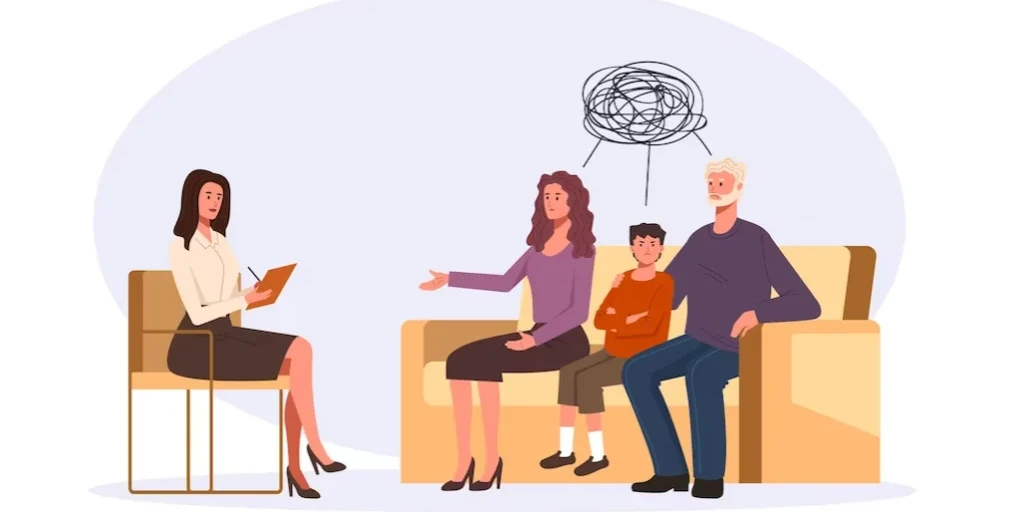24/7 Helpline:
(866) 899-111424/7 Helpline:
(866) 899-1114
Learn more about Inpatient Rehab centers in Death Valley
Inpatient Rehab in Other Cities

Other Insurance Options

MVP Healthcare

Kaiser Permanente

Sliding scale payment assistance

EmblemHealth

BlueShield

GEHA

Amerigroup

Optum

CareFirst

Providence

Excellus

United Health Care

Access to Recovery (ATR) Voucher

Regence

MHNNet Behavioral Health

Multiplan

Evernorth

Choice Care Network

Premera

Health Choice







Toiyabe Indian Health Project – Family Services
Toiyabe Indian Health Project – Family Services is a public rehab located in Bishop, California. Toi...

Mental Health Institute – Independence
Mental Health Institute – Independence is a public rehab located in Independence, Iowa. Mental Healt...

Pathways Behavioral Health
Pathways Behavioral Health offers outpatient treatment for individuals with a mental health diagnosi...

Four County Mental Health Center
Four County Mental Health Center is a private rehab located in Independence, Kansas. Four County Men...

Midwest ADP
Midwest ADP offers supervised probation services, SATOP, alcohol and drug education and counseling, ...

Comprehensive Mental Health Services
Comprehensive Mental Health Services is an organization of professionals dedicated to helping people...

Kansas City Psychiatric Services
Kansas City Psychiatric Services is a private rehab located in Independence, Missouri. Kansas City P...

George Norman Jr. Recovery Center
George Norman Jr. Recovery Center offers outpatient services for those individuals struggling with s...

Heartland Center for Behavioral Change – Independence Outpatient Clinic
Heartland Center for Behavioral Change in Independence serves adult men and women of the East KC are...




















Inyo County Health and Substance Abuse Treatment
Inyo County Health and Substance Abuse Treatment is a public rehab located in Bishop, California. In...

Hope Haven – Independence
Hope Haven – Independence is a private rehab located in Independence, Iowa. Hope Haven – Independenc...

Abbe Center for Community Mental Health – Independence
Abbe Center for Community Mental Health – Independence is a private rehab located in Independence, I...

AA – Alcoholics Anonymous
AA – Alcoholics Anonymous is a non-profit rehab located in Independence, Missouri. AA – Alcoholics A...

Family Conservancy – Independence
Family Conservancy – Independence is a private rehab located in Independence, Missouri. Family Conse...

Court Ordered Drug Classes
Court Ordered Drug Classes is a private rehab located in Independence, Missouri. Court Ordered Drug ...

Al – Anon Family Groups Information Center
Al – Anon Family Groups Information Center is a non-profit rehab located in Independence, Missouri. ...

Addiction Recovery Services
Addiction Recovery Services is a private rehab located in Independence, Missouri. Addiction Recovery...

Shelterwood – Rebalance
Shelterwood – Rebalance is a private rehab located in Independence, Missouri. Shelterwood – Rebalanc...

AA – Alcoholics Anonymous – Independence No 1
AA – Alcoholics Anonymous – Independence No 1 is a non-profit rehab located in Independence, Missour...

West Central Wisconsin Behavioral – Health Clinic
West Central Wisconsin Behavioral – Health Clinic is a private rehab located in Independence, Wiscon...



















































